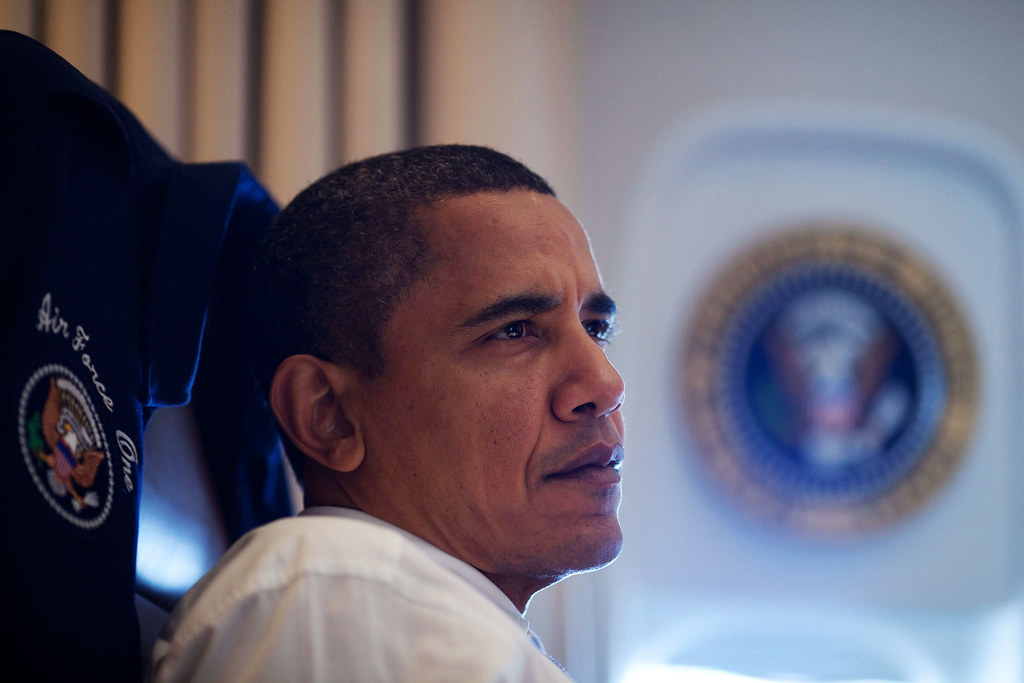 |
| Image: Flickr User - The White House |
By Shannon Tiezzi
China is trying its hardest to keep the South China Sea off the agenda — but the U.S. and Japan have other plans.
It’s a week for summit diplomacy in Asia, with leaders’ meetings both in the Philippines, for the Asia-Pacific Economic Cooperation (APEC) summit from November 18-19 and then in Malaysia for the ASEAN and East Asia Summits. The result of these gatherings of top regional leaders means a time for diplomatic focus on areas of concern – and in the Asian context, that means a heavy emphasis on the South China Sea disputes.
China has already made its position clear that APEC, at least, is not a proper place for discussing the South China Sea disputes. During a trip to Manila, Chinese Foreign Minister Wang Yi carried the message that China did not want the maritime disputes, involving overlapping claims from Brunei, China, Malaysia, the Philippines, Taiwan, and Vietnam, on the agenda. Philippine officials have said they would not raise the issue themselves, but would not prevent others from doing so.
The United States, at least, seems determined to put the issue at least on participants’ minds, even if it doesn’t appear in any formal declarations. National Security Advisor Susan Rice told reporters last week that the South China Sea “will be a central issue of discussion, both at the East Asia Summit as well as the ASEAN-U.S. Summit and the other engagements that we have throughout our visit to Asia.”
It didn’t take long to make that promise a reality. After arriving in Manila, President Barack Obama toured the flagship of the Philippine navy, the BRP Gregorio del Pilar – which also happens to be a former U.S. Coast Guard vessel. Obama pointed to the ship as a symbol of U.S.-Philippine maritime cooperation.
Read the full story at The Diplomat
